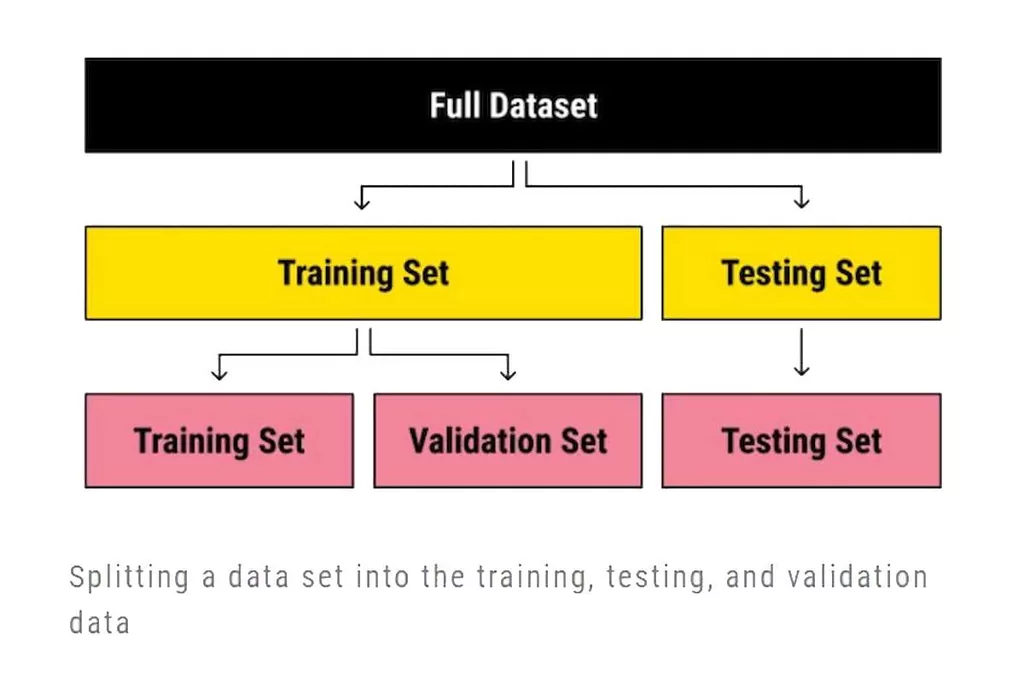Agile software development Wikipedia
Again, due diligence is required to determine the suitability and capacity of the different methods and processes available. Although designed originally for the software industry, many industries now use agile when developing products and services because of the highly collaborative and more efficient nature of the methodology. The following table shows adoption rates of the agile methodology in a variety of leading industries, as shown in the 11th Annual State of Agile survey by Version One. Much like RUP, AUP is all about adapting the methods to the project – not the other way around.

Generic process modeling languages such as Unified Modeling Language can be used to tailor software development methods. However, dedicated tools for method engineering such as the Essence Theory of Software Engineering of SEMAT also exist. Small incremental releases made visible to the product owner and product team through its development help to identify any issues early and make it easier to respond to change. The clear visibility in agile development helps to ensure that any necessary decisions can be taken at the earliest possible opportunity, while there’s still time to make a material difference to the outcome. When all the necessities of a project are placed in the project backlog during ” Sprint Planning ” and then transferred to the ” sprint backlog ”.
Key Features of Agile development
Agile is all about flexibility, speed, and responding to changing requirements—it focuses on the people developing the software , allowing for processes that work best for each specific group of workers. As project management continues to be an in-demand skill, Agile and Scrum will likely be fixtures for more companies. If you want to take another step toward advancing your career, consider learning from a credible industry leader like IBM. In the course below, you'll master concepts like adaptive planning, iterative development, and continuous improvement. Agile was formally created in 2001, with the creation of the Agile Manifesto. Seventeen software development project managers came together one cold February in the Wasatch Mountains of Utah to create a set of principles they thought would lead to better organizational communities.
In order to manage risks effectively, they need to be identified early on and then mitigated using strategies that have been defined by the team. The Transition phase is where you give over your release to the production team and the users. The Construction phase is where you build and test the product. The criteria for a construction phase are to make sure that the release is stable and mature, and all stakeholders have been prepared for transition into user community. If there’s any issues with these criteria then it could postpone the transition stage.
Agile software development values
This often leads to distraction and a breakdown in collaboration. A product backlog is a prioritized list of work for the development team to do that comes from product roadmap and its requirements. The development team pulls work from the product backlog for each sprint.

Instead, Agile breaks down goals into independent products which can be developed and released quickly without having any long-term consequences for their users or designers alike. Lean is about developing a project smartly by focusing on what the customer wants and eliminating the non-value adding activities in the process. In other words, the lean methodology emphasizes on excluding the features that are not valuable to the customers and then prioritize & deliver them in small batches. The AUP defines goals and objectives where collaborations are used to achieve results. A collaboration may be work performed by a single individual who may interact with others. A collaboration may be a workshop involving multiple individuals who interact with each other and may interact with others outside the workshop.
Key Features
In this article, we will cover the basics of Agile methodology and explore the different frameworks. The vision provides focus and general direction, the roadmap provides specific direction through goals and missions through objectives, and collaborations establish intuitiveness, trust, unity, and cohesion. The team focuses on seizing opportunities features of agile methodology while confronting risks in architecting, developing , and deploying the product (product-development workshops). The focus of Initiate is to establish the product vision, project roadmap, business and technology justification, and identify risks and opportunities. There may be one or more objectives which must be achieved in reaching this goal.

It centers around the idea that everyone should be able to complete any task they’re assigned. This encourages individuals to learn new skills and gain knowledge independently. In order to keep projects on track, the inception phase is usually quite short. If an inception phase lasts too long then it could indicate that there’s been excessive up front specification at the beginning of your project.
Agile methods focus on customer needs
Adobe Accelerate Wrike design tasks from Adobe Creative Cloud. Microsoft Teams Collaborate on Wrike projects without leaving Microsoft Teams. Resource Management View team workloads and reallocate https://www.globalcloudteam.com/ tasks to avoid burnout. Creative & Design Create high-quality assets and get them approved in record time. Refinements also vary in the emphasis placed on different project artifacts.
Many project managers combine Scrum and Kanban concepts together in a hybrid methodology called Scrumban. Agile has its roots in software development but is now used in many different industries, including tech, marketing, design, and finance. Even many industries that have relied on traditional project management styles like construction have begun to incorporate Agile practices into their work.
What is Agile Development: Key Features and How it Works
The team has to utilize use cases to push forward all the development work involved in each phase. Architecture is at the heart of the team's efforts, and everything it does shapes the project. Unified process exclusively supports the architectural views and models that are relevant to the project. Testing - The team will create and test the features of the product. They also check whether it meets the list of set requirements. Agile methodology has evolved from a lightweight and straightforward software approach to a fantastic and flexible one.
- A common misconception is that agile software development allows continuous change, however an iteration backlog is an agreement of what work can be completed during an iteration.
- The system's internal changes are not necessarily proportional or predictable relative to changes in its environment, and the system's properties are not necessarily reducible.
- Issues like unequal results across the organization, too much change for employees' ability to handle, or a lack of guarantees at the end of the transformation are just a few examples.
- You’ll often hear software development teams refer to the Agile process—but any team can run Agile.
- As the software development team pursues the solution at hand, they will still refer to their goals, spot the flaws in the system, then adapt to changes.
- In addition to this, it is highly flexible to change.
Trust the motivated individuals to get the job done, giving them the environment and support they need by building projects around motivated individuals. Working together with developers and business people daily throughout the project. It is so called because the approach is quite agile in respect to different projects and all that they entail; different needs, different parameters, different contingencies, different risks. AUP does not specify any toolset for project completion, which means developers are free to use whatever they prefer.
Advantages of agile for project management
Under this methodology, you would assign a Scrum leader and product owner, who have a direct influence over the rest of the team. This assigned leadership can help teams to spearhead projects and complete them over a short space of time through a series of sprints. In this phase, the remainder of the system is built on the foundation laid in elaboration. System features are implemented in a series of short, time-boxed iterations. Each iteration results in an executable release of the software.
